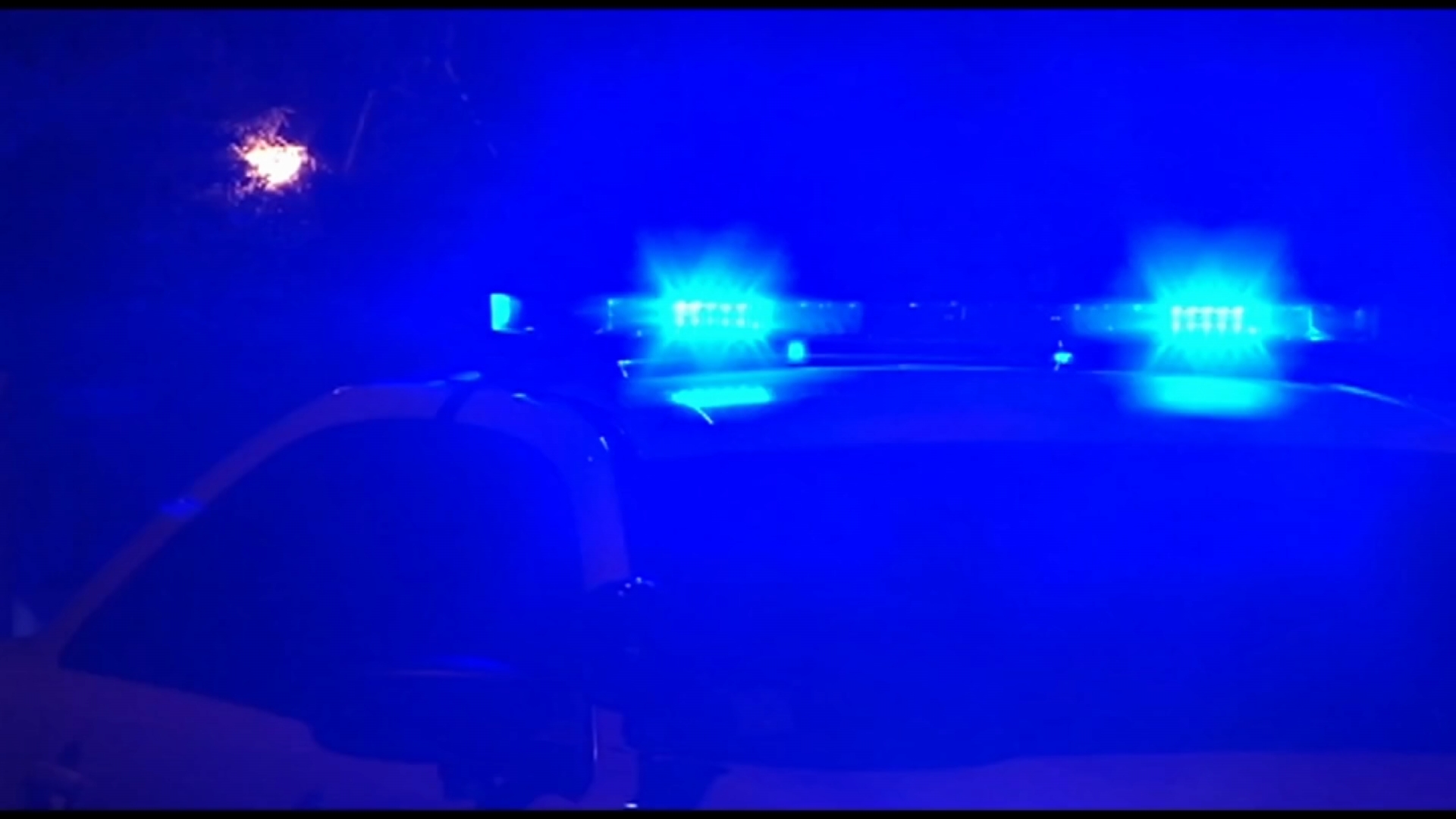As Illinois rushes headlong toward legal cannabis, some experts in states where legalization is already a way of life urge caution.
“Actually, what we saw was a spike in emergency department visits,” says Dr. Andrew Monte, at Denver’s UCHealth University of Colorado Hospital. “We had one report that tourists actually came to the state and they ended up in emergency departments.”
It stands to reason that some of those canna-tourists come from states where marijuana is still illegal, might never have the product or touched it in years. But it isn’t just visitors who have ended up in hospitals in Colorado, which legalized cannabis five years ago.
“The most common reason we see people coming into the ER has been cannabinoid hyperemesis syndrome,” Monte said. “That’s a sickly vomiting syndrome that occurs when patients actually use heavily, so they use every day.”
But Monte says he and his colleagues were surprised by the high number of patients who have consumed edibles.
“We know that edibles are associated with a 30-fold increased risk of ending up in an emergency department,” he said. “The way to mitigate those risks are to start with a low dose, and actually wait three hours to redose yourself, because you don’t know what those effects might be.”
Indeed, when cannabis becomes legal in Illinois, dispensaries will be required to post this warning:
Local
"The effects of cannabis products can vary from person to person, and it can take as long as two hours to feel the effects of some cannabis-infused products. Carefully review the portion size information and warnings contained on the product packaging before consuming."
“If you smoke cannabis, you start to feel the effects right away,” he notes. “With edibles…people don’t feel what they expect right away and they’ll stack doses or mix with other drugs like alcohol.”
But critics also point to another issue with edibles: dosing. In Illinois, as in Colorado, a standard dose of THC in edibles will be 10 milligrams, with no edible product to exceed 100 milligrams in total. (For example, 100 milligram chocolate bars infused with THC are typically split into 10 milligram squares).
There are similar dosing limits on candies and gummies, but other edibles are presented as baked goods and Monte says not everyone is careful to consider the portions.
“I challenge you to eat a tenth of a cookie,” he cautioned, but also noted that everyday items like cookies carry another risk.
“A cookie looks like a cookie to a child, so if it’s just left around, they can pick it up and eat it,” Monte said.
Legal marijuana’s effect on children is one other area where some in Colorado have particular concerns.
“Our youth reports are showing that more kids are using these higher THC products,” said Diane Carlson, co-founder of the group Smart Colorado. “There is a normalization going on with kids.”
Official statistics kept by the State of Colorado indicate 19.4% of high school students reported using marijuana at least once in the preceding 30 days, almost exactly tracking the national average. But Carlson is especially concerned about edibles and the more powerful strains of cannabis, which are coming to market in her legal state.
“Perception of harm is going down,” she says. “They don’t perceive that these products are harmful when some of them are much more harmful than products of the past.”
On that note, Monte agreed. The pot in Colorado is a lot more powerful.
“The percentage of THC in cannabis over the last three decades has really skyrocketed,” he said. “When you and I were kids, the percentage of THC was in the single percentages but the percentage of THC is actually about 20 percent here in Colorado.”



